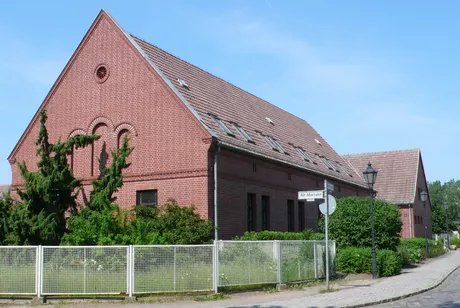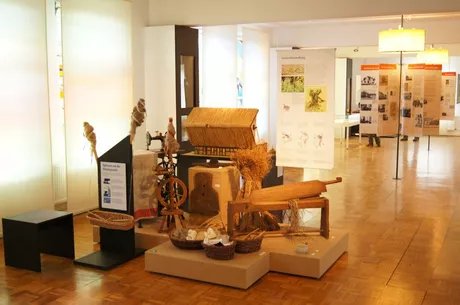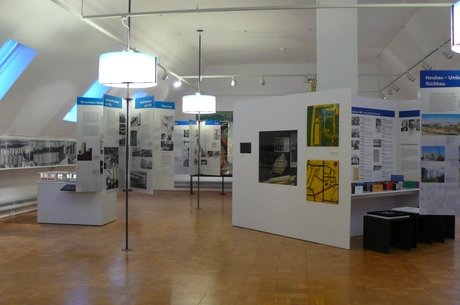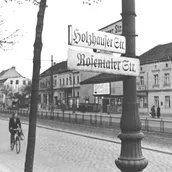
District History (District Stories)
Visitors can expect an exciting walk through some 11,000 years of history. The exhibition begins with prehistory and early history.
A focal point is the history of the villages Biesdorf, Hellersdorf, Kaulsdorf, Mahlsdorf and Marzahn from their foundation in the 13th to the second half of the 20th century.
If the rural life outside the gates of Berlin remained essentially unchanged until the middle of the 19th century, profound changes took place after 1870. The connections to the capital Berlin increased strongly, 1920 were incorporated the hitherto municipally independent places.Large settlement areas emerged, the population multiplied. First small industrial companies settled down. For decades, sewage fields formed the landscape around Marzahn and Hellersdorf.
Politically and culturally, too, the 100 years - from the Kaiserreich to National Socialism to the GDR - were a time of multiple changes. Over the past 40 years, the Marzahn-Hellersdorf region has changed more than ever. In 1975, at the Marchwitzastraße in the first residential area of Marzahn, the civil engineers began excavating the first pits. Just over two years later, the first tenants of the large housing estate moved in.
By erecting more than 100,000 apartments until the beginning of the 1990s, Marzahn and Hellersdorf assumed the dimensions of large cities. After 1989/90, political and social conditions changed dramatically. The large housing estates were renovated, new houses emerged above all in the historical villages and settlements Biesdorf, Kaulsdorf and Mahlsdorf.
The exhibition presents numerous original objects in all subject areas, including the lacquer profile of a wickerwork fountain from the older pre-Roman Iron Age (400-200 BC) discovered in Biesdorf-Süd in 2005, as well as several architectural models from the recent past.
The exhibition is supplemented by a research area in which additional information can be found on the archaeological sites as well as on the individual settlement and residential areas in the district, film and sound documents. For particularly inquisitive visitors, further written material is available.








